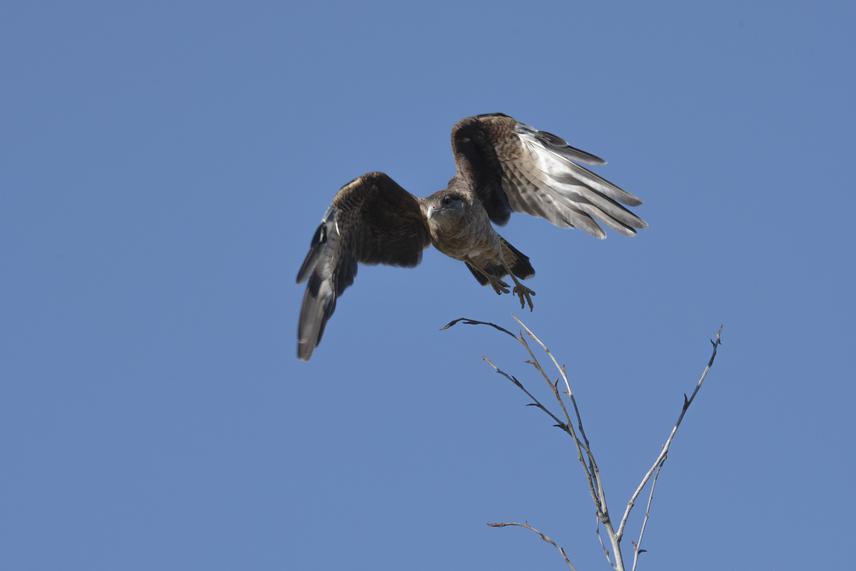Rocío Almuna Morales
Other projects
26 Sep 2024
Promoting Landscapes of Coexistence for Humans and Predators: a Transdisciplinary Cross-Cultural Study II
Boundaries between humans and nature established by western science have positioned humans as the sovereigns of nature. This has had implications on the human understanding of wildlife, being particularly complex when it comes to species like predators. Carnivorous animals may feed on domestic animals or sometimes pose a threat to human safety, which can create conflict. Human-predator dynamics are influenced by a range of factors such as landscape features, values, cultural practices and political context. Coexistence has emerged as an approach to manage frictions and reduce lethal control acknowledging social-ecological systems and covering the multifactorial root of complex human-predator interactions.

The Milvago Chimango (Chimango caracara), locally known as Tiuque, is a very common bird of prey in Chile and adaptable to human-dominated landscapes. © José Manuel Cruz.
This project aims to understand social-ecological factors associated with human-predator interactions and to co-design coexistence strategies with local stakeholders in southcentral Chile. The project has been designed to bring Mapuche Traditional Custodians, small-scale farmers and researchers together to achieve more inclusive management practices that benefit rural livelihoods and address biodiversity decline in a biological and culturally rich area. We will use a transdisciplinary and participatory approach, combining socioecological sciences with art-based methods and bringing traditional ecological knowledge to the centre of land management.
This research has been designed to be adaptable to the interests of the stakeholders and seeks to effectively address local concerns and avoid foreign and outsourced diagnosis. We will also create a short film to communicate our outcomes with the general public. The short film will provide an opportunity to share careful, systematic and peer-reviewed research to a broad audience. Shifting public values of relevant stakeholders’ is crucial for coexistence, and this product will captivate the audience and inform the public by communicating science in a visual and accessible way. The use of images catalyses processes of interpretation and reflection that can have a greater impact in people than the generation of manuals, guidelines or other types of texts. The film will nurture the audience’s capacity for understanding by sharing relevant information through images, sounds and stories that will be engraved in people's minds.
Header: This photo shows a Kollonka, which is a local breed of chicken, a type of Mapuche fowl (Mapuche is the name of one of the Indigenous nations of southern Chile). Its main and most evident feature is that it does not have a tail. Another feature is that it produces blue eggs. © José Manuel Cruz.